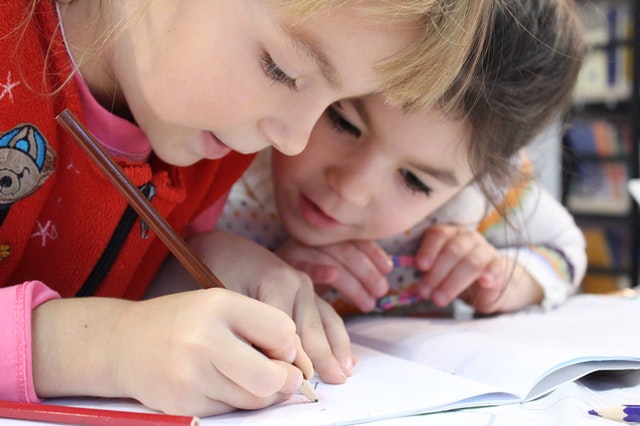Oculomotor Dysfunction Affects Learning
In the classroom, approximately 80 percent of all academic work requires extremely fine, accurate eye movements and 1 in 5 children have an underdeveloped vision system that can contribute to several learning difficulties.
Here’s how an oculomotor dysfunction could be getting in the way of your child’s learning! This article is a great breakdown of the various visual skills that are needed to succeed in school
Read more: Oculomotor Dysfunction: Why my Child Skips Words, Can’t Cross the Midline, Experiences Double Vision (Integrated Learning Strategies)



